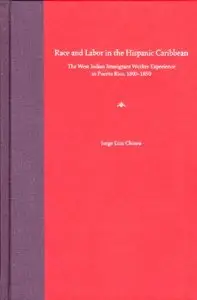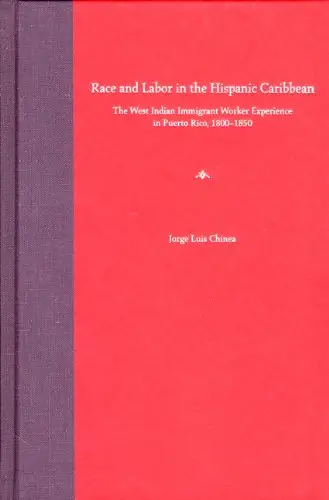Race and Labor in the Hispanic Caribbean: The West Indian Immigrant Worker Experience in Puerto Rico, 1800-1850 (New Directions in Puerto Rican Studies) by Jorge L. Chinea
English | May 25, 2005 | ISBN: 0813028213 | 248 Pages | PDF | 979.6 KB
English | May 25, 2005 | ISBN: 0813028213 | 248 Pages | PDF | 979.6 KB
Chinea examines the social, economic, and political impact of foreign immigrants in Puerto Rico during its transition from subsistence farming and ranching in the late 18th century to commercial agriculture during the first half of the 19th century. He provides an island-wide assessment of how the capital, labor, and specialized skills of European and West Indian immigrants enabled Puerto Rico to become a major global exporter of tropical staples, particularly sugar and coffee, during this period. Drawing upon a wide range of public safety, military, naval, passport, consular, and municipal archival sources in Puerto Rico and Spain, Chinea shows that fully one-third of all immigrants to Puerto Rico between 1800 and 1850 originated in the non-Hispanic Caribbean, and he explores the social and working experiences of West Indian immigrants. Without ignoring the cultural and economic contributions of West Indians, Chinea probes the relationship among racial politics, the rise of plantation enclaves organized around servile labor and oriented to international markets, and the spread of abolitionist and pro-independence struggles that threatened Iberian colonial hegemony in the Hispanic Caribbean. Readers interested in Latin American, Caribbean, and African diaspora studies, as well as ethnic, subaltern, and labor studies, will find valuable new insights in Chinea’s work.



